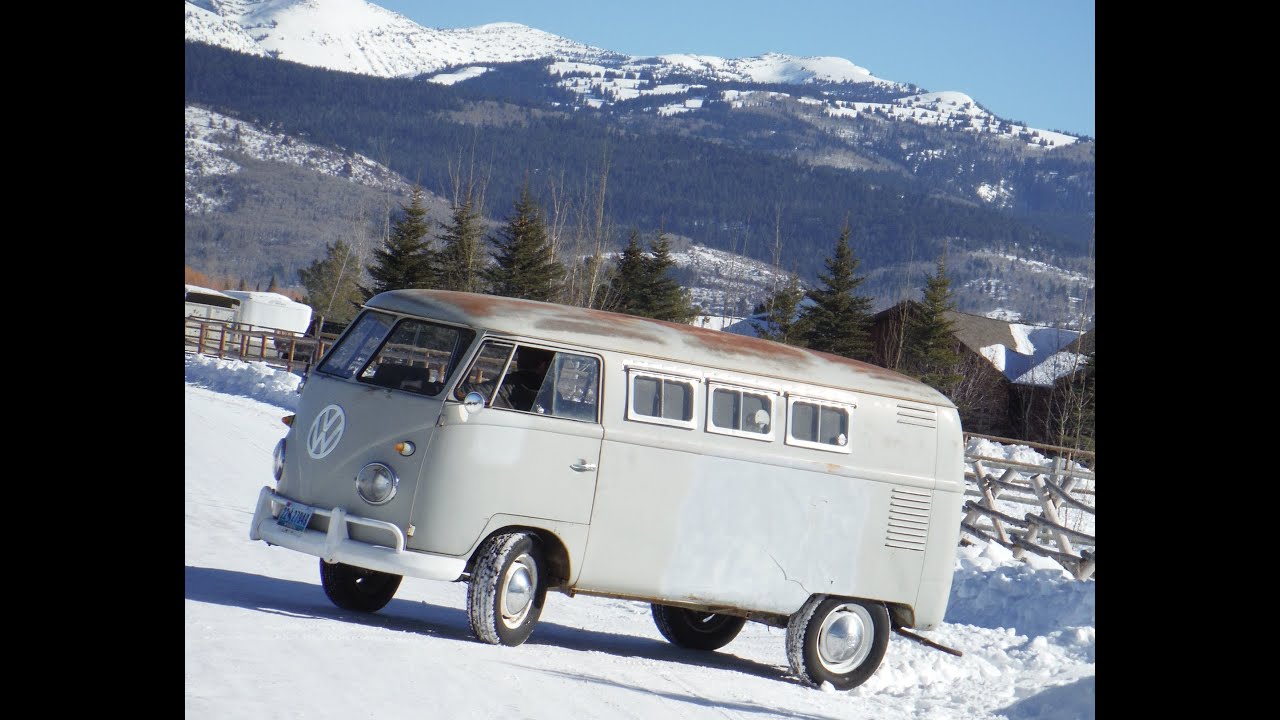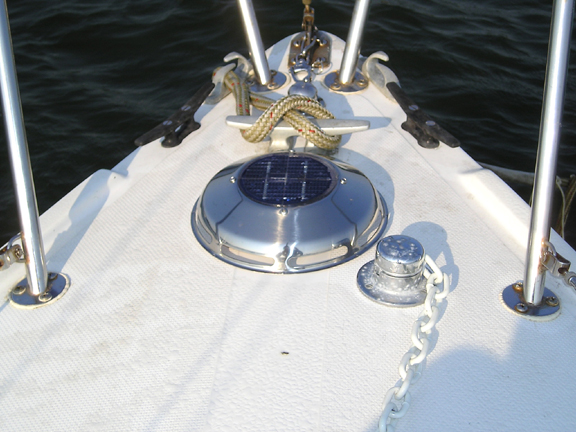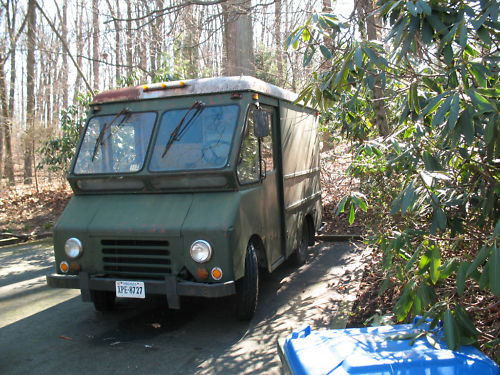You ask how much CFM movement is needed for a van. Well the hotter it is the more cfm required, hardly surprising.
Exhausting the air from the roof is best, as hot air rises.
A large fan like the fantastik fan can move an incredible amount of air, and be all the ventilation that is required, as long as there is a source for air to enter the vehicle.
Long ago, I installed one of those 4 inch Solar marine style vents. Similar to this:
It helped certainly, but there was no hanging in the van on a hot day. That solar powered fn was only rated at 1000 cubic feet per hour. Later on I temporarily decided to force more air out through this vent with a 55 CFM computer fan.
Much much better, and I expended more effort with better, faster adjustable speed fans and a step down ring so the 120MM fans could better force Air through the 4 inch opening.
I now have two counter rotating 120mm computer fans exhausting out this vent. and I estimate these together can move 150CFM. The feeder fan greatly increases airflow as there is restriction in the mushroom vent.
Rain is never a worry. Not even when driving in a rainstorm, and not even when pressure washing the roof. I have since ripped out the original fan motor and ground out the exterior as much as I dared, to reduce restriction and noise at higher fan speeds.
Air/wind passing over this mushroom vent also increases airflow. When underway i can turn the fans off and they will still spin at 2000 rpm just from the airflowing over the vent.
However , these two inline 120MM fans can move only a fraction of what a fantastic fan can move on high speed.
My van has conversion van windows with screened sliders. I made an Acrylic shroud that fits inside this window. it holds one 180MM silverstone AP182 adjustable speed fan, one silverstone fm121 adjustable speed fan and another fan that came on my vitrifrigo c51is 12v fridge. Each fan is individually switched and has its own speed control dial mounted on the fan itself.
It is a hot day indeed when I need to turn on all three of these side fans at high speed.
The window is screened, and I added a layer of chicken wire, the tight weave type, to thwart vandals. I also place a black carbon fiber filter on the exterior held in place by velcro and it handles highways speeds no problem. This greatly reduces light entering and escaping, and the carbon filter when new does significantly change the smell of the occasional roving Skunk, and it does get visibly dirty from trapped particulates. The CF filter does lessen airflow by at least 30%, but it is not a factor 98% of the time I can remove it in the time it takes to walk to the window exterior..
Basically I always have this window open, even in minor rain events, and the fan pretty much runs non stop April through October at various speeds.
The AP182 is so quiet at slow speeds, and the Amp draw so little at slowest speed, that It is basically very close to my head when sleeping, and I very much enjoy the fresh filtered air.
With my two computer fans on the ceiling exhausting, and the 1 to 3 of the intake window fans window going, and reflectix on the sunny side windows, My white lightly insulated van remains at or less than ambient temperatures, until late afternoon when its starts cooling down outside faster than my van can radiate the stored heat.
I've often thought of making a shroud with mounted 120MM computer fans that can be locked in place by raising the window on it, but not for my own van, I do not need it. I could make it as secure as the window itself, but such a window fan would draw more attention than a roof vent.
I might do so for a Friend's truck that I am adding a quite capable portable battery pack to. The fans keeping the interior cooler will make up for their electrical usage by having the refrigerator work much less hard to keep the interior cold, and promote the longevity of the compressor as well.
You can certainly get away without a powered roof vent, but all the other options will be less effective and require more fabrication effort, and rain is a factor in most every design option excluding the marine style mushroom vents on the roof.
A member here, TusconAZ, has fitted some fans to non powered marine style mushroom vents. Perhaps he will chime in or you can search some ventilation posts from a year or two back where he posts links to the mushroom vents he employed, as well as how he fitted the computer fans to them.
I also have a thread somewhere about my ventilation system and the over implementation of computer fans to which I am apparently addicted








